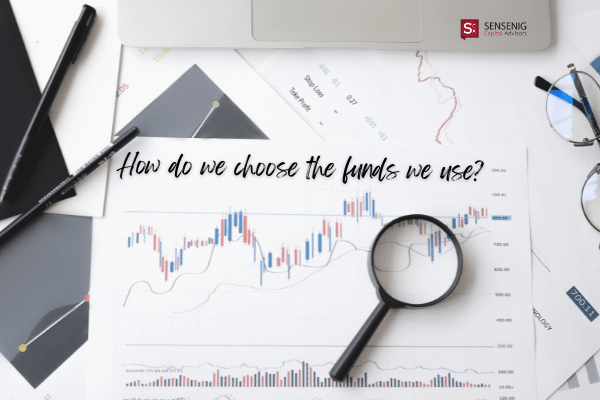As recent global markets continue to test the patience of even some of the most stoic among us, how are you holding up? Are you finding it feasible (if not necessarily fun) to stick with your existing strategy, or have you been eying it with increasing suspicion of late?
If you fall into the latter category, we understand. In his book, “Your Money and Your Brain,” personal finance columnist and author Jason Zweig explains what is going on deep inside our he ads during falling markets: “Step near a snake, spot a spider, see a sharp object flying toward your face, and your [brain’s] amygdala will jolt you into jumping, ducking, or taking whatever evasive action should get you out of trouble in the least amount of time. This same fear reaction is triggered by losing money – or believing that you might.”
ads during falling markets: “Step near a snake, spot a spider, see a sharp object flying toward your face, and your [brain’s] amygdala will jolt you into jumping, ducking, or taking whatever evasive action should get you out of trouble in the least amount of time. This same fear reaction is triggered by losing money – or believing that you might.”
In short, our amygdala, which Zweig refers to as “the hot button of the brain,” is a welcome ally in keeping us away from many of life’s threats. But it often plays against your best financial interests. Whenever you see bad market news, it’s best to assume that your instincts are going to spur you into panic mode long before rational thinking kicks in. And if you try to have a one-on-one showdown with them, your impulses just may get the better of you.
For this reason alone, one of our greatest roles as an adviser is to remind clients of why it is highly likely that the best reaction to market downturns is to stick to the investment plan you have already prepared to withstand just these sorts of rough patches. As Behavior Gap author Carl Richards once tweeted: “You don’t hire a real financial advisor because you aren’t smart enough. You hire one because you aren’t an objective 3rd party.”
If we can spare you from panic-selling at the wrong times (which financial author Larry Swedroe refers to as our “GMO!” or “Get Me Out!” breaking point), that alone might justify our fees.
There are other ways we add ongoing value to our clients’ financial well-being, during fair times and foul. For example, that investment plan we referenced above does not take place in a vacuum.
- At the beginning of a client relationship, we work closely with folks to assess their long-term goals, and what it is likely to take to achieve them.
- Next, we build a portfolio based on those goals as well as our evidence-based understanding of which investment strategies are expected to work best, and which are more likely to fail during scary market downturns or giddy surges.
- And, in an ongoing manner, we touch base with our clients to periodically revisit their goals and their progress. If circumstances change, we work together to ratchet up expected returns or tamp down risk exposure (while also seeking to minimize any trading costs or tax ramifications involved).
As such, we believe that the market risk that is intentionally built into a portfolio – and that folks are being forced to endure at this time – should not be taken as a sign that “something is wrong.” Rather, we believe it is a sign that a portfolio is working as planned.
An investment plan is never intended to eliminate all risk or guarantee certain returns. We design it to offer the best, evidence-based odds for personal success. Our aim is to help strike a reasonable balance between minimizing the market risks that you and your amygdala would rather avoid, while moving toward the financial goals you would like to achieve.
If you remain in doubt, though, we still understand. It’s possible that your risk tolerance isn’t what you thought it would be when you planned for it in a theoretical sense. It’s also possible that your life’s circumstances have changed, and it just happens to be time to reallocate your portfolio, regardless of what is going on in the markets.
If you have questions we can explore about your goals, your investment portfolio, and current market returns we would love to hear from you. Please reach out to us any time.



